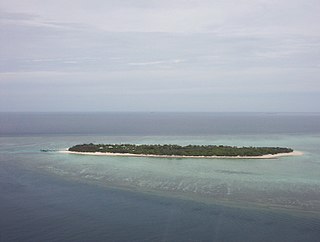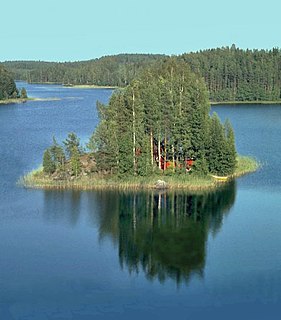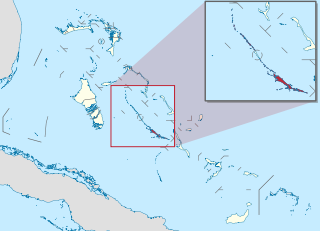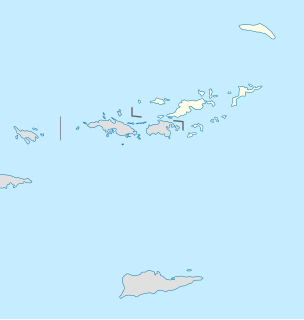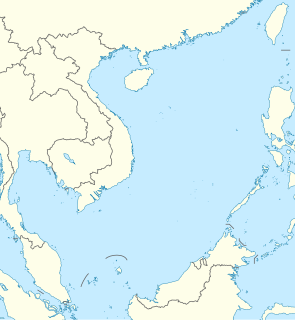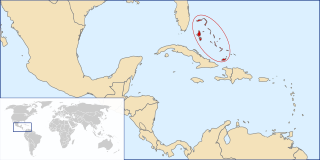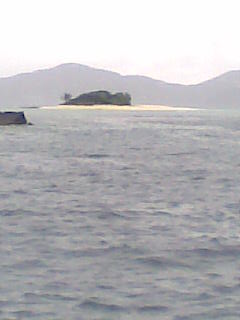 Sandy Spit | |
| Geography | |
|---|---|
| Location | Caribbean Sea |
| Coordinates | 18°26′59″N64°42′32″W / 18.44972°N 64.70889°W Coordinates: 18°26′59″N64°42′32″W / 18.44972°N 64.70889°W |
| Archipelago | Virgin Islands |
| Administration | |
United Kingdom | |
| British Overseas Territory | British Virgin Islands |
| Additional information | |
| Time zone | |
| ISO code | VG |
Sandy Spit is an uninhabited islet of the British Virgin Islands in the Caribbean, sitting midway between Sandy Cay and Green Cay. It measures less than half an acre in size, and consists entirely of a ring of sandy beach surrounding light foliage. It has the appearance of a classic paradise "desert island" and has been photographed for use in print medium in a number of advertising campaigns. Sandy Spit is a popular stop for day and term boat charters from Tortola, St. Thomas, and St. John. There are no moorings, but the sandy bottom is suitable for anchoring.
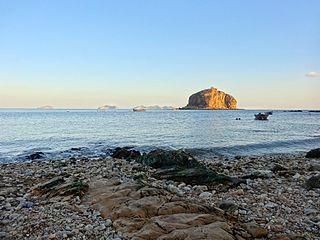
An islet is a very small island.

The British Virgin Islands (BVI), officially simply the Virgin Islands, are a British Overseas Territory in the Caribbean, to the east of Puerto Rico. The islands are geographically part of the Virgin Islands archipelago and are located in the Leeward Islands of the Lesser Antilles.

The Caribbean is a region of The Americas that consists of the Caribbean Sea, its islands and the surrounding coasts. The region is southeast of the Gulf of Mexico and the North American mainland, east of Central America, and north of South America.
Sandy Spit was nearly wiped out by Hurricane Irma. Half the beach is gone as of 12 September 2017.
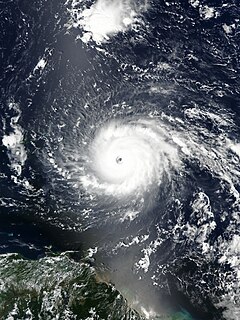
Hurricane Irma was an extremely powerful and catastrophic Cape Verde hurricane, the strongest observed in the Atlantic in terms of maximum sustained winds since Wilma, and the strongest storm on record to exist in the open Atlantic region. Irma was the first Category 5 hurricane to strike the Leeward Islands on record, followed by Maria two weeks later, and is the second-costliest Caribbean hurricane on record, after Maria. The ninth named storm, fourth hurricane, second major hurricane, and first Category 5 hurricane of the 2017 Atlantic hurricane season, Irma caused widespread and catastrophic damage throughout its long lifetime, particularly in the northeastern Caribbean and the Florida Keys. It was also the most intense hurricane to strike the continental United States since Katrina in 2005, the first major hurricane to make landfall in Florida since Wilma in the same year, and the first Category 4 hurricane to strike the state since Charley in 2004. The word Irmageddon was coined soon after the hurricane to describe the damage caused by the hurricane.
The island provides habitat for the crested anole (Anolis cristatellus wileyae), and the big-scaled least gecko (Sphaerodactylus macrolepis macrolepis). [1]

The big-scaled least gecko is a gecko mainly distributed in Puerto Rico, the United States Virgin Islands and the British Virgin Islands in the Caribbean. It is also found on the mainland in Costa Rica, Panama, and Colombia. It is one of over 100 species in the genus Sphaerodactylus.




